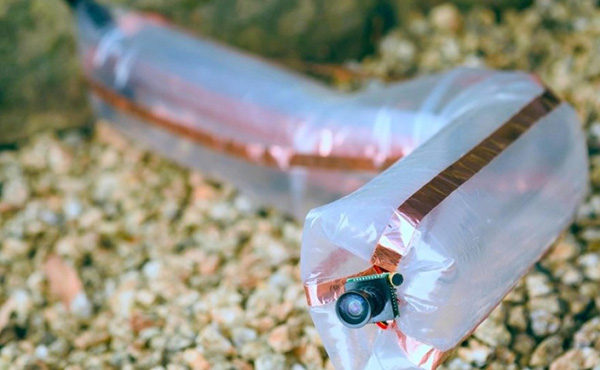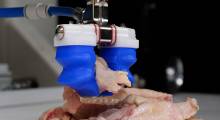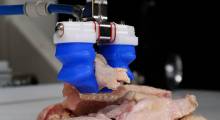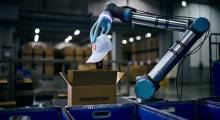Academic interest in soft robotics has grown in the past decade, as researchers examine the technology's potential usefulness in search and rescue operations, scientific exploration, and healthcare and medicine. However, one professor wants to ensure that such interest leads to a thriving discipline as well as commercially viable applications.
“Some new, rapidly growing fields never take root, while others become thriving disciplines,” said Elliot Hawkes, a mechanical engineering professor at the University of California, Santa Barbara. His own robots have garnered interest for their bioinspired and novel locomotion and for the new possibilities they present.
To help guarantee the longevity of soft robotics research, Hawkes and colleagues Carmel Majidi from Carnegie Mellon University and Michael T. Tolley of UC San Diego have published their viewpint in the journal Science Robotics.
Explosion of interest in soft robotics
“We were looking at publication data for soft robotics and noticed a phase of explosive growth over the last decade,” Hawkes said. “We became curious about trends like this in new fields, and how new fields take root.”
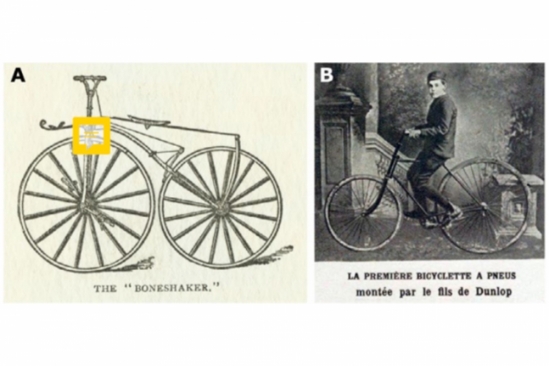
The first decade of widespread soft robotics research “was characterized by defining, inspiring and exploring,” according to the group. Roboticists explored compliant robotics, from materials systems to novel ways of navigating through and interacting with the environment.
However, “for soft robotics to become a thriving, impactful field in the next decade, every study must make a meaningful contribution,” argued the researchers. The long-term duration of a rapidly growing field is often a matter of whether the initial exploratory research matures, Hawkes asserted.
With that in mind, the trio presented a three-tiered categorization system to apply to future soft robotics work.
“The three-tier system categorizes studies within the field, not the field as a whole,” Hawkes explained. “For example, there will be articles coming out this year that will be Level 0, Level 1 and Level 2. The goal is to push as many Level 0 studies toward Level 1 and Level 2.”
From baseline to broad contribution
“Soft for soft's sake” could be used to characterize Level 0 in the categorization system, said the scientists. For the past decade, researchers have broadly explored new materials and mechanisms that could fall under the notion of “soft robot.” While these studies were necessary to define the field, maintaining research at this level puts soft robotics at the risk of stagnation, the authors said.
With the benefits of a solid foundation, present and future roboticists are now encouraged to identify areas for performance improvement and solutions to gaps in the knowledge of soft robotics—the hallmark of Level 1. These studies will push the field forward, the researchers said, as novel results could elevate technological performance of soft systems.

However, they said, “whenever possible, we should strive to push beyond work that only contributes to our field.” Studies in the Level 2 category go beyond soft robotics to become applications in the broader field of engineering.
Here, softness is more than an artificial constraint, according to the paper. Instead, it “advances state-of-the art technology and understanding across disciplines” and may even displace long-used conventional technologies.
One way to move beyond Level 0 lies in the training of the next generation of roboticists, the researchers said. Consolidating the best available knowledge contributed by previous work will prime those just entering the field to “ask the right questions” as they pursue their research.
“We hope that the categorization we offer will serve the field as a tool to help improve contribution, ideally increasing the impact of soft robotics in the coming decade,” Hawkes said.
Article topics
Email Sign Up

